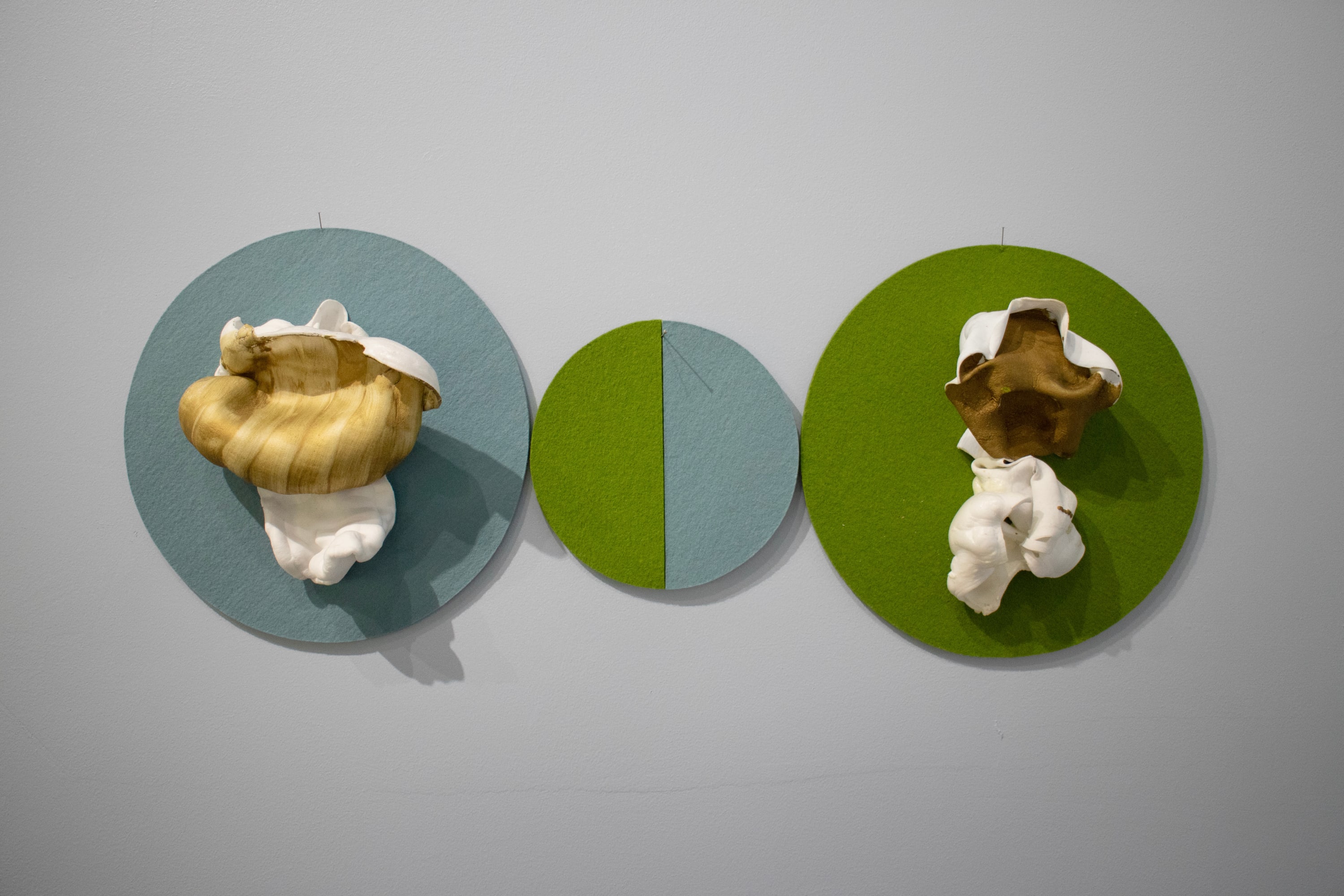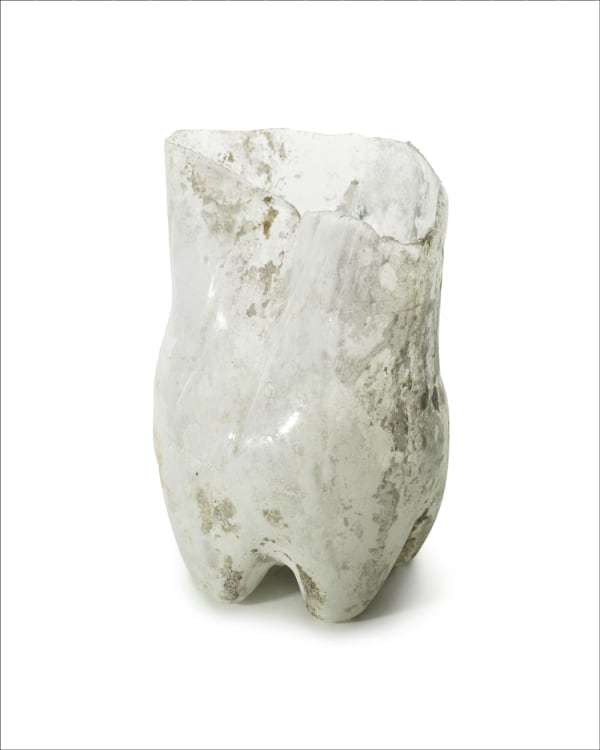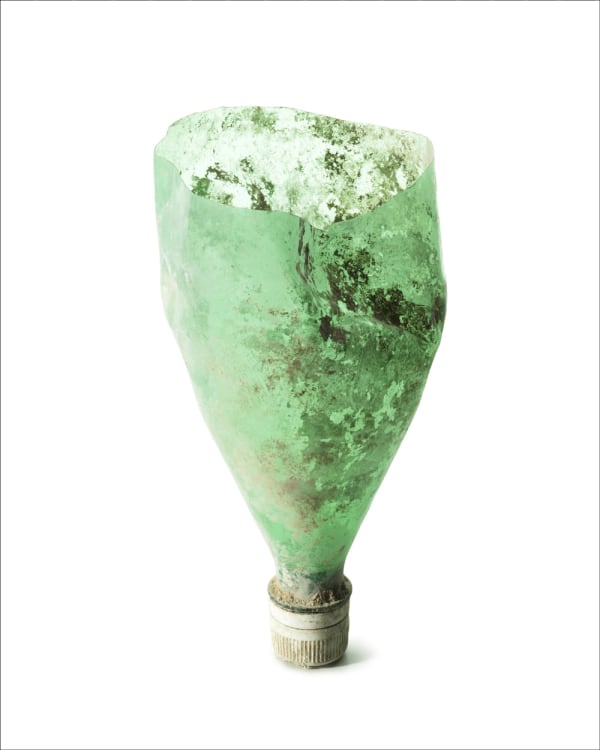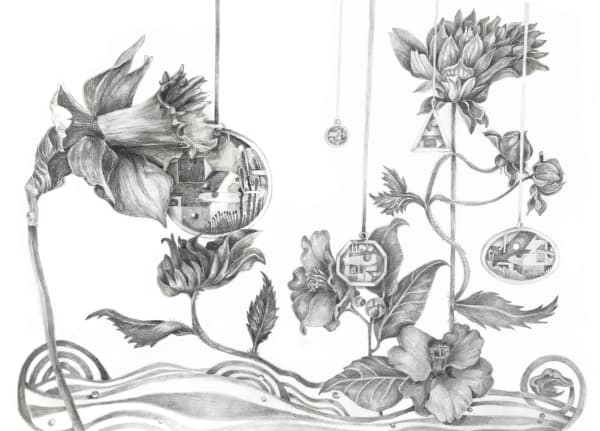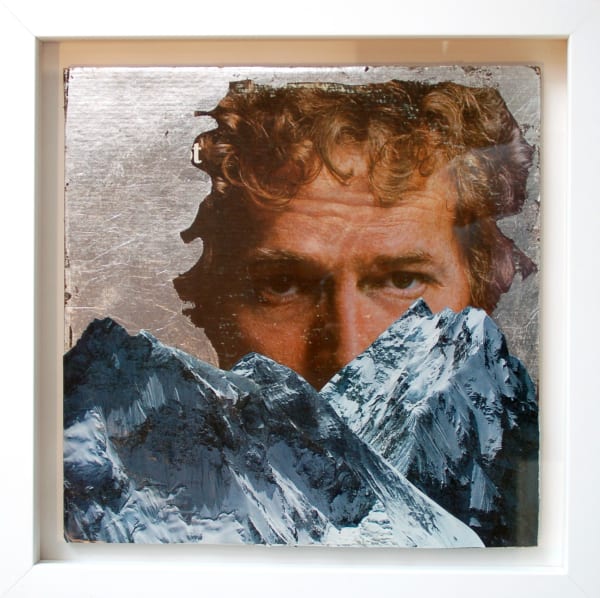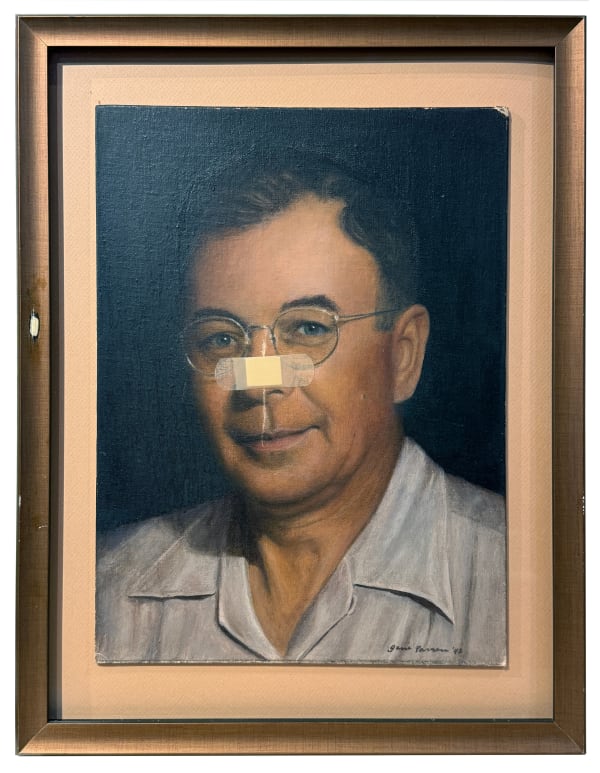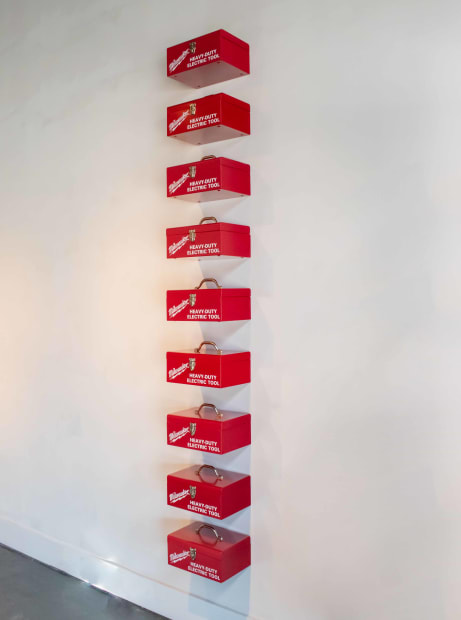Ruiz-Healy Art is pleased to present For Fran, a group exhibition featuring works by Jesse Amado, Ricky Armendariz, Nate Cassie, Bill Davenport, Alejandro Diaz, Constance Lowe, Jack Massing, Katie Pell, Chuck Ramirez, Riley Robinson, Ethel Shipton, and Kate Terrell, curated by Hills Snyder. The exhibition will be on view from February 6 to March 27, 2025, with an opening reception on February 6 from 6:00 to 8:00 pm. In honor of Dr. Frances Colpitt, Nate Cassie will perform John Moreland’s "Hang Me in The Tulsa County Stars" at the opening. For Fran coincides with Artpace’s Songs for Fran and Donny, Ruby City’s Synthesis & Subversion Redux, and UTSA’s Do you really believe that?, celebrating Dr. Colpitt’s impact on contemporary art, artists, students, and the Texas art community.
-
-
-
"'She was a modernist hit by a post-modernist meteorite.’ The truth in that touched me with a similar impact and you can sense the after-effects in our show, For Fran, an exhibition of some of the artists who came into the orbit of Frances Colpitt in San Antonio in the nineties. Colpitt, who passed away in 2022, was an influential art historian, critic, educator, and a close friend. Any list of artists touched by Fran, even every artist included in all these exhibitions, is necessarily incomplete, such was her reach—wide, deep, and lasting. I miss her. We all miss her. This is for Fran."
- Hills Snyder, Curator
-

Jesse Amado
Take-out April 23 , 2023Dr. Colpitt took an interest in the work of Jesse Amado, especially during his inaugural Artpace residency in the spring of 1995. Take-out April 23 utilizes virgin felt wool and familiar, everyday objects and references - like take-out food containers and other mass-produced items - as metaphors for how society processes, consumes, and packages its identities, desires, and experiences. In a 1995 interview by Colpitt, Amado was asked, “One of the things I was going to ask you is whether your work responds to the place of its making. And now I see that although the work appears very cool and conceptual–and appears to be homeless in a way–there are reference points in your living in San Antonio,” to which Amado responded, “Yes, that is very true. I made the commitment to stay in this town a long time ago, but I also made a commitment to art, so I had to find a way of making substantial or meaningful art. One way of doing that was to refer to what San Antonio is and the pleasures that San Antonio has to offer in terms of its imagery and the kind of things that surrounded me when I was a child.”
-

-
Since the beginning of his artistic career, Alejandro Diaz has explored contemporary consumer culture by utilizing everyday materials. Through mixed-media elements such as neon signage, cardboard, buttons, and iconographical symbols of South Texas and Mexico, Diaz's work challenges the traditional boundaries between "high" and "low" art. Diaz’s background enables the artist to comment on socio-political issues in an ironically humorous way, drawing from principles of rasquachismo and Mexican American do-it-yourself culture.
-

Constance Lowe
Tethered (after Pharmacie), 2024archival inkjet print, wool felt and leather over wood panel, leather covered button, suede straps, metal hardware
Photograph:
13.125 x 8.875 x 1.5
33.3 x 22.5 x 3.8 cm
Object:
58 x 10 x 2 in
147.3 x 25.4 x 5.1 cm
Overall dimensions variable -
Tethered (After Pharmacie) pays tribute to Lowe's personal and professional friendship with Fran Colpitt, whose passion and critical insight connected the throughlines of art history to the ever-shifting present moment. The work belongs to an aspect of Lowe's multi-form practice in which fabricated forms covered in wool felt, leather, or vinyl exist in a fluid territory between the formal arrangements of abstract painting and an implied utility. The components and their relationships suggest our will towards certainty and attachment in the face of uncertainty and impermanence. The title also refers to an early readymade by Marcel Duchamp in which he added a small drop each of red and green paint to a cheap print of a winter landscape, reportedly interpreting these dots of paint as "two tiny figures walking towards each other in the distance.”
-
-
The Careyes Series comes from Ramirez’s time visiting Mexico's Pacific coast. He observed residents reusing consumer objects like cracked plastic bottles and brooms. Garbage bags, dying flowers, and the remains of meals serve as a memento mori in Ramirez’s work, reflections on life’s fleeting nature. Ramirez writes that photographing these repurposed objects acts to reflect on how “consumer culture permeates every aspect of our daily lives” and how Americans are not only “responsible for a significant portion of the world’s waste, but they are slow to any significant reforms in their consumption practice.” Ramirez pushes the viewer to consider American consumer culture and its environmental impact through this series.
-
The collection of works in For Fran reflects an array of interests and influence, featuring artists such as Chuck Ramirez, Jesse Amado, and Alejandro Diaz, for whom Colpitt curated a show in 1996 titled Synthesis and Subversion.
“The tastefulness of Ramirez’s style —ascetic white grounds, decorative restraint, and high production values—elevates his pictures to the level of art and distinguishes them from advertising (as do other practical distinctions, such as the absence of a “product,” other than the work itself, to sell).” - Francis Colpitt
-

-
Ethel Shipton’s screenprint of sunflowers delicately intertwining a window uses the delineation of textures and architectural details to capture the subject’s visual-tactile qualities. In an analysis of the work, Jost Schocke states, “Shipton’s artistic practice is rooted in the observation of the every day and consideration of the (linguistic) conditionality that determines our life.” Exhibited in the artist’s 2019 exhibition Listening to Berlin, the thematic fixation on the everyday encourages viewers to slow down and take in the sights, sounds, and experiences of the city’s urban fabric—an interest first sparked during a residency at the Künstlerhaus Bethanien.
-
Kate Terrell, a multimedia artist based in San Antonio, uses her children and family as inspiration for the “childlike wonder” often associated with her art. She is heavily influenced by domestic life and the wonder of the simple, such as tending to her home garden. Blossom and Jetsam includes lively flora that interact with hanging ornaments, an organic composition that imbues the content with whimsy and playfulness, while Pollux at Dusk incorporates undulating forest floors and plant life reminiscent of illustrations in children’s stories.
-

-
As part of the artist’s Beauty Marks series, Richard Armendariz expressively renders a painterly portrait of a man sporadically stamped with circular applications of brightly colored paint signifying blemishes. Much like how the harmony of the painting’s cool color palette is interrupted by orange, yellow, purple, and green streaks, Armendariz conveys the duality of beauty marks and how they have historically been viewed as both positive and negative attributes.
-
Pell, known for her love of pop culture, created a series of collaged album covers as an homage to musical artists of the 1970s. In placing musical artists such as Pat Boone and Rex Smith, and in this piece, Gordon Lightfoot, center stage, the works echo the nostalgia of bedroom posters and the idolization of pop stars. By utilizing newspaper and magazine clippings, Pell champions the homemade and handmade. For most of his artistic career, Jack Massing collaborated with fellow artist Michael Galbreth as The Art Guys, creating pieces that challenged the definition of art for over thirty years. The Art Guys were known for their subversive artworks that paralleled Dadaism, daring their viewer to react.
-
-
Bill Davenport’s book paintings are representational works from his ephemera collections and personal mementos, often ranging stylistically according to the material's content. Realism in Literature and Art by Clarence Darrow is a work published in 1903 that critically emphasizes the concept of realism over romantic representations of human life. Many of Davenport’s book paintings provide an experimental function of space like trompe l’oeil, as the viewer is allowed a witty glimpse into Davenport’s regard for his found items and the nostalgia that saturates them.Nate Cassie's The Gift (the infrathin and a bowl of red) are two bottles cast in porcelain from the same mold with very slight differences in all the imperfections of the casting process left without alteration, expressing the idea from Marcel Duchamp of the “infrathin”, Duchamp’s playful name for the most minute shade of difference: that between the report of a gunshot and the appearance of the bullet hole, or between two objects in a series made from the same mold.
-
“I took a seminar class with Fran on Marcel Duchamp, and this was an aspect of his work that has continued to inform mine. The air in the bottles is from cooking a recipe for chili from a book that Don Walton, Fran’s partner, gave me about the history of chili from Frank X. Tolbert called Bowl of Red. The bottle was an existing piece that I used for the mold. It seemed appropriate that the word 'trust' was embossed into one side." - NATE CASSIE
-

-
Riley Robinson’s Untitled (Judd) transforms Donald Judd’s minimalist language into a playful yet critical dialogue with functionality and material culture. Appropriating Judd’s iconic Untitled (Stacks) sculptures, Robinson substitutes the pristine, industrially produced fabricated boxes with red Milwaukee toolboxes, stacking them in the same vertical column, which defines space with negative and positive space with equal volumes. Robinson studied under Dr. Colpitt and references her critical examination of minimalism, interrogating the tension between high art and its commodification. The familiar, craftsman toolboxes reroute Robinson’s ode to the original idea and connect it to his Texan roots and the often-overlooked connection between art and labor.


